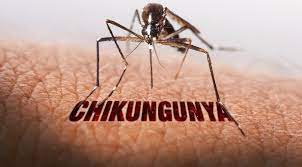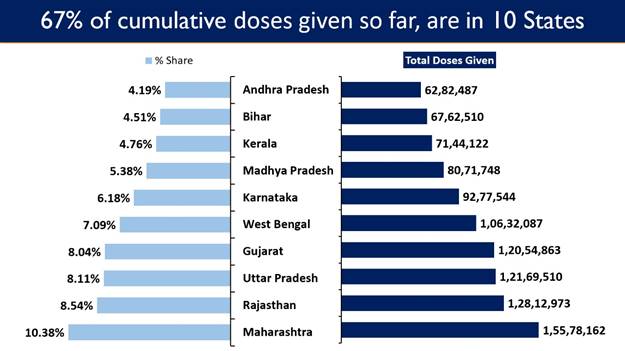Effective science communication is essential, yet it can be a difficult task for many researchers. In the realm of environmental health, where the stakes are high and the potential for misinformation is rampant, communicating findings in a socially responsible way becomes even more challenging. Fortunately, a team of researchers, led by Kevin Elliott at Michigan State University (MSU), has identified key communication strategies that can help scientists effectively navigate this delicate balance.
“As scientists, we need to be more sophisticated and intentional about the messages we are communicating,” says Elliott, a professor in MSU’s Lyman Briggs College and the College of Agriculture and Natural Resources. “Words matter, and misleading information is prevalent everywhere.”
Elliott and his team focused on the communication of complex research surrounding endocrine-disrupting chemicals (EDCs)—substances that can interfere with the human endocrine system, affecting sexual development, neurodevelopment, and obesity. The research team evaluated four communication strategies for presenting information about the effects of EDCs, exploring the trade-offs and unintended consequences each approach might have.
The strategies tested included:
- Highlighting the challenges to masculinity caused by EDCs
- Using the term “neurodivergence” in relation to developmental effects
- Discussing the developmental origins of health and disease, particularly in relation to obesity
- Classifying obesity as a disease
While these methods may seem like effective ways to communicate scientific findings, the research showed that even factual information can have unintended negative effects. For example, labeling obesity as a disease could increase access to weight-loss treatments for those affected. However, this classification might also reinforce stigma, leading to misconceptions about obesity’s causes and health implications.
Another example from the research demonstrated how framing fetal exposure to environmental pollutants as a contributing factor to obesity could inadvertently place undue blame on mothers, creating unnecessary pressure to avoid environmental risks during pregnancy.
“We found that there are trade-offs that environmental health scientists need to make as they strive to communicate an accurate message,” Elliott explains. “We want to provide usable, relevant information, but we also want to prevent information from being misinterpreted or misused.”
The study suggests several communication strategies to help scientists minimize potential harm and better connect with their audiences. These include:
- Being sensitive to the social context in which scientific information is interpreted.
- Avoiding potentially harmful messages that could create more confusion or stigma than clarity.
- Fostering collaborations between scientists, communication scholars, and ethicists to ensure responsible messaging.
- Building relationships with community groups to co-develop messaging that serves the public interest.
Elliott emphasizes that science communication should not be an afterthought but an integral part of the research process. By considering the broader social and ethical implications of how scientific information is shared, researchers can ensure their findings are used responsibly and effectively.
This important study was published in Environmental Health Perspectives, offering crucial insights for researchers, policymakers, and communicators looking to improve the way environmental health issues are conveyed to the public.











